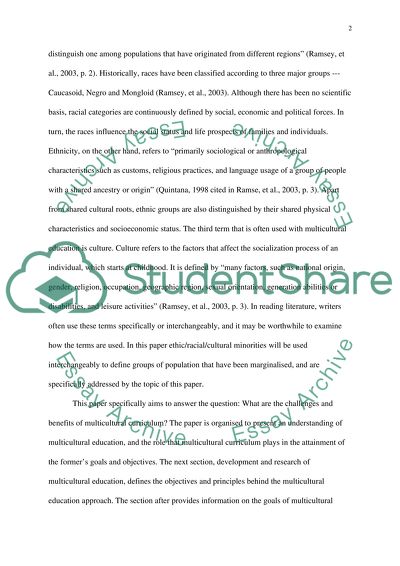Cite this document
(“The Challenges and Benefits of a Multicultural Curriculum Essay”, n.d.)
Retrieved from https://studentshare.org/education/1568809-education-studies
Retrieved from https://studentshare.org/education/1568809-education-studies
(The Challenges and Benefits of a Multicultural Curriculum Essay)
https://studentshare.org/education/1568809-education-studies.
https://studentshare.org/education/1568809-education-studies.
“The Challenges and Benefits of a Multicultural Curriculum Essay”, n.d. https://studentshare.org/education/1568809-education-studies.


